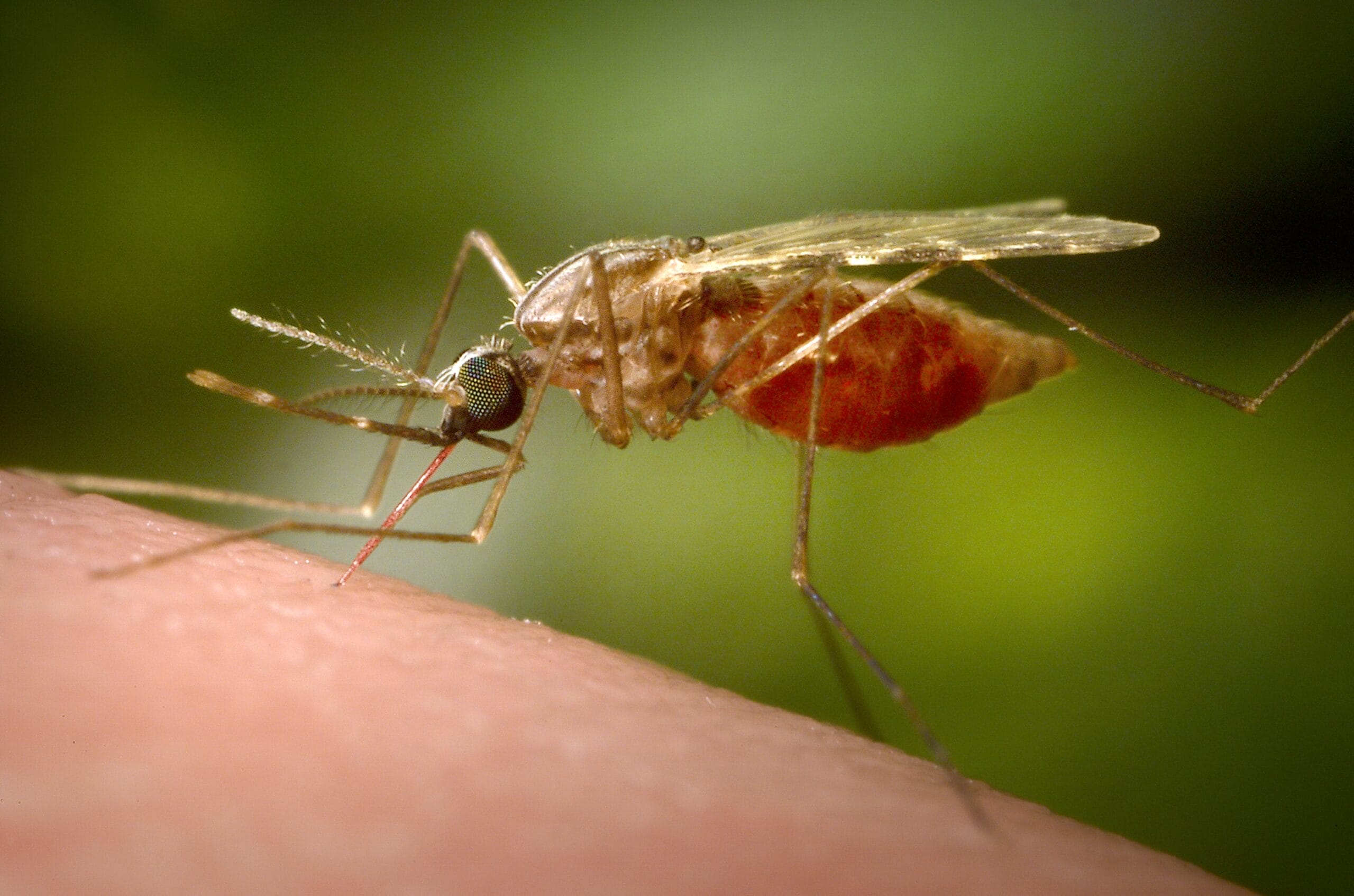Anopheles funestus (An. funestus) is a major vector of malaria across Africa, but it receives a small fraction of the attention paid to its more prevalent cousins in the Anopheles gambiae (An. gambiae) complex. As a result, little was known about how populations of the species connect to each other, when and how they evolve insecticide resistance, and whether gene drive developed for Anopheles gambiae would work in An. funestus.
After years of dedication collecting and sequencing samples and then sifting through the data to tease out patterns, a new study published today in the prestigious peer-reviewed scientific journal Science marks a fundamental shift in our understanding of this dangerous malaria vector.
The study combines whole genomes from 656 modern An. funestus mosquitoes collected between 2014 and 2018 (available in the Af1.0 release in the Malaria Vector Genome Observatory) with 45 historic specimens from the Natural History Museum in London and the IRD in France, which were collected between 1927 and 1967.
When researchers including first author Dr. Marilou Boddé and senior author Dr. Mara Lawniczak analysed the data, they found three main results:
- Some An. funestus populations mix widely, while others remain isolated. Overall, there are high levels of genetic variation in An. funestus, but the patterns of this variation are not always straightforward. For example, samples in countries near the equator shared many similarities over a 4,000-kilometre range, but some pockets of the population remained genetically distinct, like in North Ghana and South Benin.
- An. funestus evolves quickly. Including the historic samples in the analyses allowed the team to show that markers associated with resistance to older insecticides were already present in mosquitoes collected in the 1960s, but other mutations that combat newer insecticides evolved more recently.
- Gene drive technologies developed for An. gambiae might also work on An. funestus. The authors investigated the doublesex gene in their An. funestus samples, and found it to be very similar to the doublesex gene in An. gambiae. This means that gene drive developed for An. gambiae could feasibly be used in An. funestus as well.
Professor Charles Wondji, from the Centre for Research in Infectious Diseases in Cameroon and the Liverpool School of Tropical Medicine and his team collected many of the mosquitoes sequenced. Professor Wondji said: “For too long An. funestus has been neglected despite its key role in malaria transmission across Africa. I am thus delighted that this continent-wide whole genome study of the genetic structure of An. funestus is now published. My team is proud to have contributed to this major milestone that will facilitate the implementation of future control interventions against this major vector.”
Dr Joel Odero, a Research Scientist at the Ifakara Health Institute, Tanzania, added: "Anopheles funestus is one of Africa’s most important malaria mosquitoes, yet it has long been overshadowed by the better-known Anopheles gambiae. This study reveals that An. funestus carries an extraordinary amount of genetic diversity, with patterns that are far more complex than expected. By adding these new genomes to the Malaria Vector Genome Observatory, alongside its easy-to-use analysis tools, scientists everywhere can begin to unlock critical insights into one of the continent’s most dangerous malaria vectors."
All of the Af1.0 data included in this study, along with thousands of additional genomes, are available to explore on the Malaria Vector Genome Observatory. They come with a suite of free analysis tools in the malariagen_data python package, which can be accessed here.


